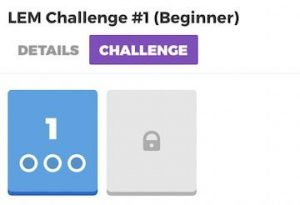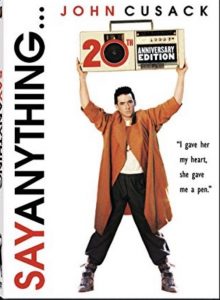
| Don’t Say | Say This |
| He work in Boston. |
He works in Boston. |
| She like pizza. | She likes pizza. |
| Her dress look beautiful. | Her dress (it) looks beautiful. |
| My brother do landscaping. | My brother (he) does landscaping. |
| My daughter try to help her little sister. | My daughter (she) tries to help her little sister. |
Remember
- Present Tense – Use when something happens in the present in a usual/regular way.
- For he/she/it in present tense – Don’t forget to pronounce the sound of the S at the end of the verb.
- Add the s (or ‘es’) only when
- it’s with a he/she/it form (called ‘3rd person’)
(not with I/you/we/they) - it’s in the present tense
- the sentence is affirmative (not negative)
- Affirmative example: His mother cooks dinner every night.
- Negative example: His mother doesn’t cook dinner every night.
- it’s with a he/she/it form (called ‘3rd person’)
- When s/es is added to the end of the word, the sound can be different – depending on the word.
Here’s an explanation:
It’s from Woodward English in England, but the American pronunciation is very similar.
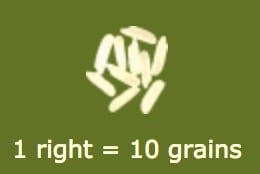 Every time you get an answer correct, a small amount of money (equal to about 10 grains of rice) is donated to help end world hunger.
Every time you get an answer correct, a small amount of money (equal to about 10 grains of rice) is donated to help end world hunger.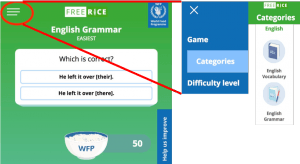
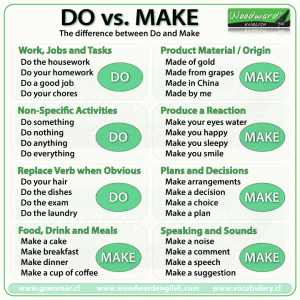

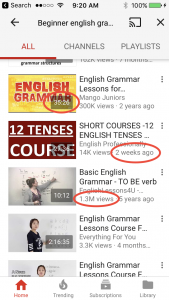
 Kahoot is a free app where you try to answer questions about many topics, including English, in a game-style way. You get points for answering a question correctly – and quickly. Let’s try a 5-minute Kahoot especially for beginners on this blog:
Kahoot is a free app where you try to answer questions about many topics, including English, in a game-style way. You get points for answering a question correctly – and quickly. Let’s try a 5-minute Kahoot especially for beginners on this blog: